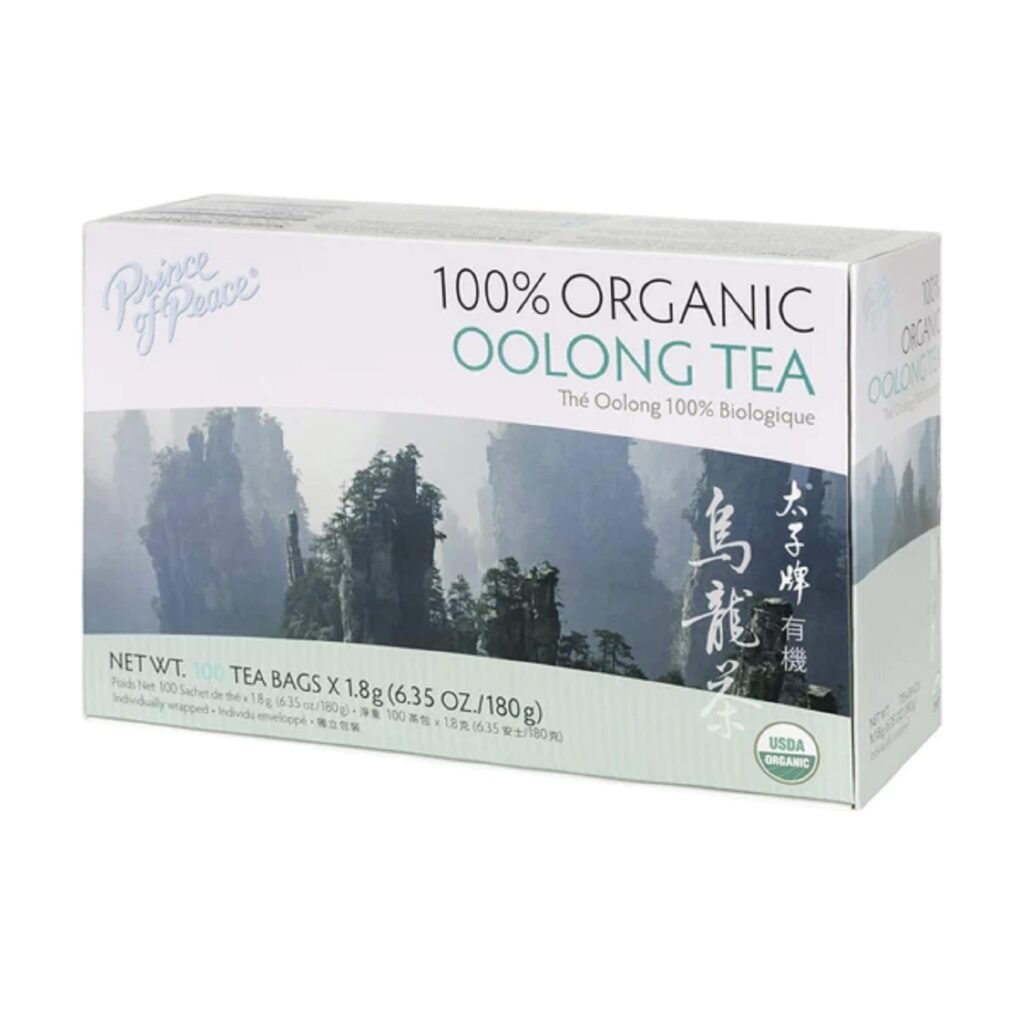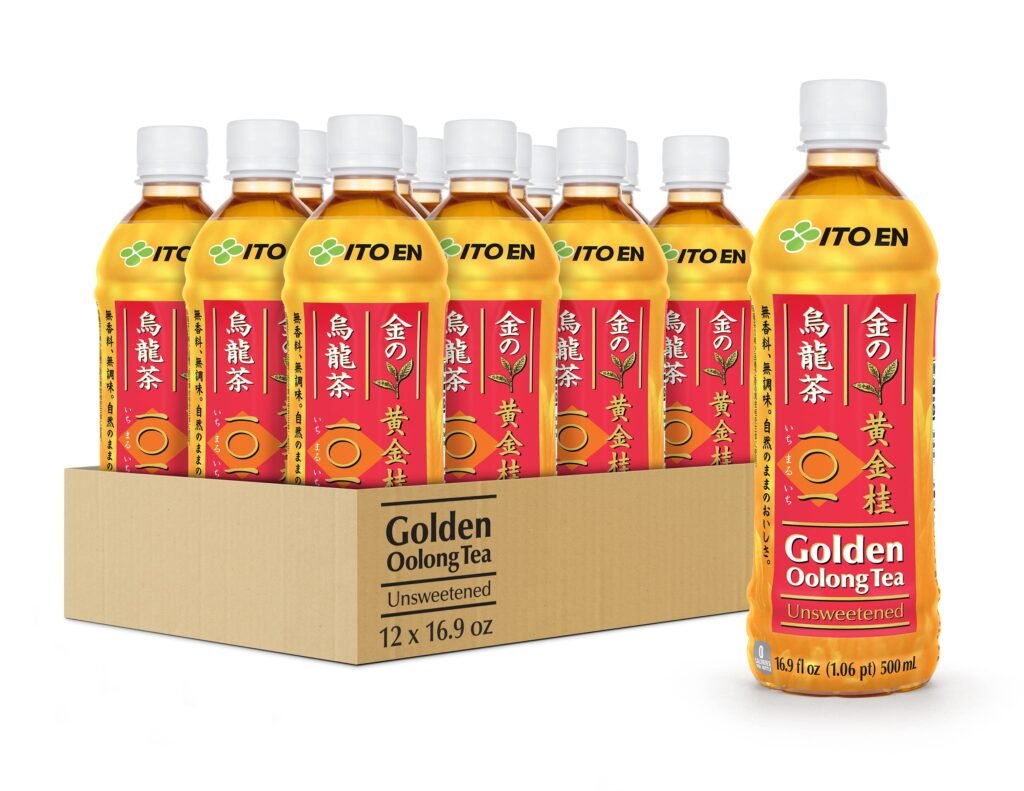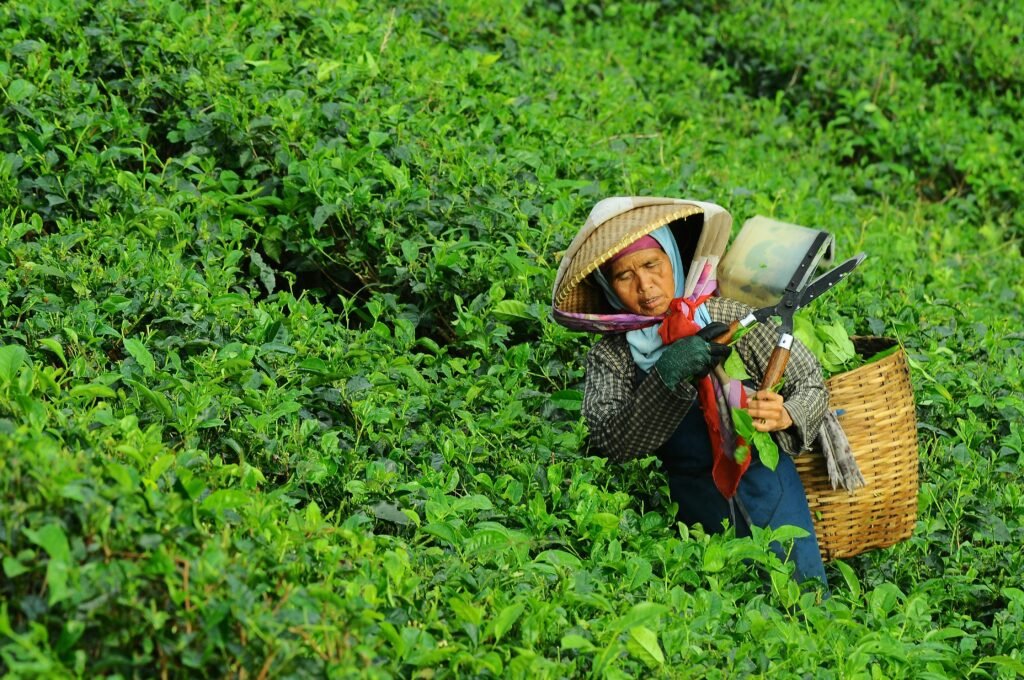best oolong tea to lose weight,Are you on a journey to shed those extra pounds? Oolong tea might just be the secret weapon you’ve been searching for. Renowned for its potential weight loss benefits, oolong tea has gained popularity among health enthusiasts worldwide. But with so many options available, how do you know which one is the best for achieving your weight loss goals? In this comprehensive guide, we’ll explore the top oolong teas on the market and compare them across various categories to help you make an informed decision.
Table of Contents
1. Best oolong tea to lose weight: Exploring Taste Varieties
When it comes to oolong tea, the flavor profile is as diverse as the regions where it’s cultivated. From delicate floral notes to robust earthy undertones, oolong tea offers a tantalizing array of tastes to delight the palate.
Floral Notes:
One of the hallmark characteristics of oolong tea is its floral aroma and taste. Depending on the variety and processing method, oolong teas can exhibit hints of jasmine, orchid, or even magnolia. These delicate floral notes add a refreshing and uplifting quality to the tea, making it a delightful choice for any time of day.
Fruity Undertones:
In addition to floral nuances, oolong tea often boasts subtle fruity undertones that contribute to its complex flavor profile. Citrusy notes of orange or bergamot, tropical hints of pineapple or mango, and stone fruit flavors like peach or apricot can all be found in different oolong teas. These fruity accents add a touch of sweetness and brightness to the tea, enhancing its overall appeal.
Earthy and Roasted Flavors:
For those who prefer a richer and more robust taste, oolong teas with earthy and roasted flavors are an excellent choice. These teas are often oxidized to a greater extent and may undergo roasting or firing during processing, resulting in a deeper color and flavor profile. Notes of toasted grains, caramelized sugar, and roasted nuts characterize these oolong teas, offering a comforting and warming experience with each sip.

2. Best oolong tea to lose weight: Understanding the Source
The origin of oolong tea plays a crucial role in determining its quality and flavor profile. Let’s delve into the significance of tea origin and how it influences the overall drinking experience.
Renowned Tea-Producing Regions:
Oolong tea is predominantly cultivated in regions with ideal climate and soil conditions conducive to tea growth. Some of the most renowned tea-producing regions include China, Taiwan, and Fujian province in particular. Each region imparts its unique terroir to the tea, resulting in distinct flavor profiles and characteristics.
Traditional Craftsmanship:
In addition to the geographical location, the traditional craftsmanship employed in tea cultivation and processing also contributes to the quality of oolong tea. Experienced tea masters carefully handpick tea leaves at the peak of freshness and skillfully process them using age-old techniques passed down through generations. This meticulous attention to detail ensures that only the highest quality oolong teas reach the market.
Elevating Quality Standards:
Furthermore, reputable tea estates and producers adhere to stringent quality standards throughout the entire production process. From organic farming practices to rigorous quality control measures, these efforts are aimed at preserving the integrity and authenticity of oolong tea. By prioritizing quality over quantity, these producers uphold the rich heritage and reputation of oolong tea as a premium beverage.

3. Best oolong tea to lose weight: Unveiling Flavor Complexity
The oxidation level of oolong tea is a critical factor that influences its taste, aroma, and overall profile. Let’s delve into the significance of oxidation and how it contributes to the complexity of oolong tea.
Understanding Oxidation:
Oxidation refers to the chemical process that occurs when tea leaves are exposed to oxygen, leading to enzymatic reactions that alter their flavor and appearance. Oolong tea undergoes partial oxidation, meaning that the leaves are allowed to oxidize to varying degrees before being heat-treated to halt the process.
Light vs. Dark Oolongs:
The degree of oxidation distinguishes light oolongs from dark oolongs, each offering a unique drinking experience. Light oolongs are lightly oxidized, typically ranging from 10% to 30%, resulting in a fresh and floral taste with a subtle sweetness. Dark oolongs, on the other hand, undergo higher levels of oxidation, usually between 40% to 70%, leading to a richer and more robust flavor profile with notes of caramelization and malt.
Flavor Complexity:
The oxidation level of oolong tea contributes to its flavor complexity, with each degree of oxidation unlocking different taste nuances. Lighter oolongs tend to exhibit brighter and more delicate flavors, while darker oolongs offer deeper and more pronounced notes. By exploring teas across the oxidation spectrum, enthusiasts can discover a diverse range of tastes to suit their preferences.

4. Best oolong tea to lose weight: Balancing Energy and Flavor
The caffeine content of oolong tea is a key consideration for many tea drinkers, as it can affect both energy levels and taste preferences. Let’s explore the caffeine content of oolong tea and its implications for enthusiasts seeking a balanced beverage experience.
Natural Stimulant:
Like other varieties of tea, oolong contains caffeine, a natural stimulant known for its ability to enhance alertness and concentration. However, the caffeine content of oolong tea can vary depending on factors such as the tea cultivar, processing method, and brewing technique.
Moderate Levels:
Compared to black tea and coffee, oolong tea typically contains moderate levels of caffeine, making it a suitable choice for those seeking a milder energy boost without the jitters or crash associated with higher caffeine beverages. On average, an 8-ounce cup of oolong tea contains approximately 30-50 milligrams of caffeine, although this can vary depending on individual factors.
Metabolism and Energy:
The caffeine content in oolong tea can stimulate the central nervous system, promoting increased metabolism and calorie burning. This makes oolong tea a popular choice among individuals looking to support weight loss goals while enjoying a flavorful beverage. Additionally, the combination of caffeine and antioxidants in oolong tea may provide a sustained energy boost without the sudden spikes and crashes associated with other caffeinated beverages.

5. Best oolong tea to lose weight: Elevating Flavor and Aroma
Brewing oolong tea is an art form that requires precision and care to unlock its full flavor potential. Let’s delve into the essential brewing techniques that will help you achieve the perfect cup of oolong tea every time.
Water Temperature:
The water temperature plays a crucial role in brewing oolong tea, as it can affect the extraction of flavor compounds and the overall taste profile. For lighter oolongs, such as green oolong or pouchong, a lower water temperature of around 175°F to 190°F is recommended to preserve delicate flavors. Darker oolongs, such as roasted or aged varieties, can withstand slightly higher temperatures ranging from 190°F to 205°F to fully develop their robust flavors.
Steeping Time:
The steeping time determines the strength and intensity of oolong tea, with shorter steeping times yielding lighter brews and longer steeping times producing bolder infusions. Generally, oolong tea should be steeped for 2 to 3 minutes for lighter varieties and 3 to 5 minutes for darker varieties. However, these times can be adjusted according to personal preference to achieve the desired taste and aroma.
Multiple Infusions:
One of the unique qualities of oolong tea is its ability to withstand multiple infusions, each offering a different flavor profile and complexity. After the initial steeping, oolong tea leaves can be reinfused multiple times, gradually increasing the steeping time with each subsequent infusion. This allows you to fully appreciate the evolving flavors and nuances of oolong tea with each cup.

6. Best oolong tea to lose weight: Finding Quality within Budget
When it comes to purchasing oolong tea, striking a balance between price and value is essential to ensure a satisfying tea-drinking experience. Let’s explore how to assess the price and value of oolong tea effectively.
Price Range:
Oolong tea is available in a wide range of price points, from affordable options to premium varieties. Factors such as tea quality, origin, processing method, and packaging can all influence the price of oolong tea. While some teas may command higher prices due to their rarity or artisanal craftsmanship, others offer excellent value without breaking the bank.
Quality Considerations:
When evaluating the price of oolong tea, it’s crucial to consider the quality of the product. High-quality oolong teas sourced from reputable producers may justify a higher price tag, as they often undergo meticulous processing and adhere to strict quality standards. On the other hand, cheaper teas may compromise on quality, resulting in inferior taste and aroma.
Quantity and Packaging:
Another factor to consider when assessing the value of oolong tea is the quantity and packaging. While larger quantities may offer better value per serving, smaller packages may be more convenient for those looking to sample different varieties. Additionally, premium packaging, such as airtight tins or resealable pouches, can help preserve the freshness and flavor of the tea, adding to its overall value.

We found the best selling oolong tea on Amazon, click the button below for your reference.
7. Best oolong tea to lose weight: Customer Reviews and Ratings of Oolong Tea
Customer reviews and ratings provide invaluable insights into the quality, taste, and overall satisfaction with oolong tea products. Let’s explore how leveraging customer feedback can help inform your purchasing decisions and enhance your tea-drinking experience.
Real User Experiences:
Customer reviews offer firsthand accounts of individuals’ experiences with specific oolong tea products. These reviews provide valuable insights into aspects such as flavor profile, aroma, brewing techniques, and overall satisfaction. By reading authentic reviews from fellow tea enthusiasts, you can gain a better understanding of what to expect from different oolong teas.
Top-Rated Options:
Identifying top-rated oolong tea products can help narrow down your choices and ensure a positive tea-buying experience. Look for teas that consistently receive high ratings and positive reviews from a broad range of customers. These top-rated options are likely to deliver exceptional quality, flavor, and value, making them worth considering for your tea collection.
Testimonials and Recommendations:
In addition to numerical ratings, customer reviews often include detailed testimonials and recommendations that provide valuable context and insights. Pay attention to specific comments about flavor notes, brewing tips, packaging quality, and customer service experiences. These firsthand accounts can help you make informed decisions and avoid potential pitfalls when selecting oolong tea products.

We found the best reviewed oolong teas on Amazon, click the button below for your reference.
8. Best oolong tea to lose weight:Unveiling the Weight Loss Benefits of Oolong Tea
Oolong tea has gained recognition for its potential role in supporting weight loss efforts, thanks to its unique blend of antioxidants and metabolism-boosting properties. Let’s explore the effectiveness of oolong tea for weight loss and how it can complement a healthy lifestyle.
Metabolism Boost:
Oolong tea contains catechins, polyphenols, and caffeine, all of which have been shown to increase metabolism and promote fat oxidation. By stimulating the body’s metabolic rate, oolong tea may help enhance calorie burning and contribute to weight loss when combined with a balanced diet and regular exercise routine.
Fat Absorption Inhibition:
Studies suggest that oolong tea may inhibit the absorption of dietary fat in the body, thereby reducing the overall calorie intake and aiding in weight management. The polyphenols found in oolong tea have been found to block the enzymes responsible for breaking down fat, potentially leading to lower levels of triglycerides and cholesterol in the bloodstream.
Appetite Suppression:
Drinking oolong tea may also help curb appetite and promote feelings of fullness, which can prevent overeating and support weight loss goals. The combination of caffeine and polyphenols in oolong tea has been shown to suppress hunger hormones and regulate blood sugar levels, resulting in reduced cravings and snacking between meals.

9. Best oolong tea to lose weight: Practices in Oolong Tea Production
Sustainability practices in oolong tea production are becoming increasingly important as consumers seek environmentally conscious options. Let’s explore how tea producers are implementing sustainable methods to minimize their ecological footprint and support the long-term health of the planet.
Organic Farming:
Many oolong tea producers are transitioning to organic farming practices, eschewing synthetic pesticides and fertilizers in favor of natural alternatives. Organic farming helps protect soil health, minimize water pollution, and preserve biodiversity by avoiding harmful chemicals that can harm beneficial insects and wildlife. Additionally, organic oolong tea is free from pesticide residues, providing consumers with a safer and healthier beverage choice.
Eco-Friendly Packaging:
In response to growing concerns about plastic waste and pollution, some oolong tea producers are adopting eco-friendly packaging solutions. Biodegradable or compostable packaging materials, such as paper pouches or plant-based plastics, help reduce the environmental impact of packaging waste and promote a circular economy. By opting for sustainable packaging options, tea producers can minimize their carbon footprint and contribute to a more sustainable future.
Conservation of Natural Resources:
Water conservation and energy efficiency are paramount in oolong tea production, where water-intensive cultivation and processing methods are common. Tea producers are implementing water-saving irrigation techniques, such as drip irrigation and rainwater harvesting, to reduce water usage and minimize environmental strain. Additionally, energy-efficient technologies, such as solar panels and biomass boilers, are being employed to reduce reliance on fossil fuels and lower greenhouse gas emissions.

10. Best oolong tea to lose weight:Exploring the Wellness Potential of Oolong Tea
Beyond its delicious taste and weight loss benefits, oolong tea offers a plethora of additional health benefits that make it a valuable addition to any wellness routine. Let’s delve into the diverse array of health perks associated with oolong tea consumption.
Digestive Support:
Oolong tea has been linked to improved digestion and gut health, thanks to its natural polyphenols and antioxidants. These compounds help promote the growth of beneficial gut bacteria, regulate digestive enzymes, and reduce inflammation in the digestive tract. As a result, drinking oolong tea may alleviate symptoms of indigestion, bloating, and constipation, leading to better overall digestive function.
Heart Health:
Regular consumption of oolong tea has been associated with a reduced risk of heart disease and stroke, thanks to its ability to lower blood pressure and cholesterol levels. The antioxidants found in oolong tea, such as catechins and flavonoids, help dilate blood vessels, improve blood flow, and prevent the buildup of plaque in arterial walls. By supporting cardiovascular health, oolong tea may help reduce the risk of heart-related ailments and promote longevity.
Mental Alertness:
The caffeine content in oolong tea can help enhance mental alertness, focus, and cognitive function. By stimulating the central nervous system, caffeine in oolong tea promotes wakefulness and concentration, making it an ideal beverage for staying alert during long workdays or study sessions. Additionally, the combination of caffeine and L-theanine, an amino acid found in tea leaves, can promote a state of relaxed alertness without the jitters or anxiety associated with caffeine consumption.

Conclusion: Embrace the Health and Flavor of Oolong Tea
In conclusion, oolong tea emerges as a versatile beverage that not only tantalizes the taste buds but also offers a myriad of health benefits. From its delicate floral notes to its potential to aid in weight loss, oolong tea has captured the attention of tea enthusiasts and health-conscious individuals alike.
By exploring the diverse flavor profiles, sustainable practices, and additional health benefits of oolong tea, we’ve uncovered the richness and complexity that this esteemed beverage has to offer. Whether you’re seeking a refreshing pick-me-up, a natural aid for weight management, or a soothing cup to unwind after a long day, oolong tea stands ready to deliver.
As you embark on your oolong tea journey, remember to savor each sip and appreciate the craftsmanship and care that goes into every cup. Whether you prefer a light and floral brew or a robust and roasted infusion, there’s an oolong tea to suit every palate and preference.
So, raise your teacup to the beauty and wellness that oolong tea brings into your life. With its tantalizing flavors, sustainable practices, and holistic health benefits, oolong tea invites you to indulge in a moment of tranquility and nourishment, one sip at a time. Here’s to your health, happiness, and the timeless allure of oolong tea. Cheers!